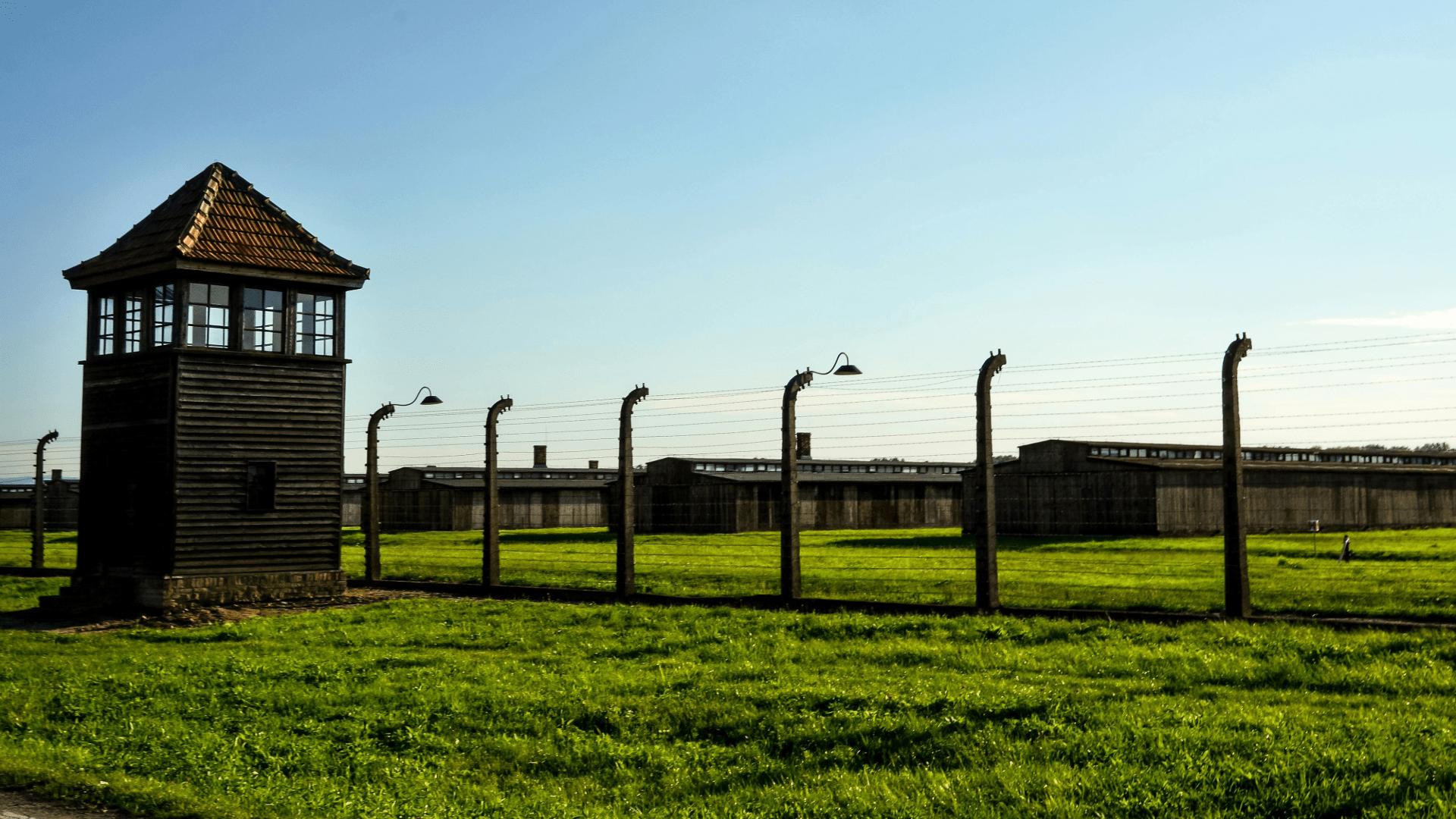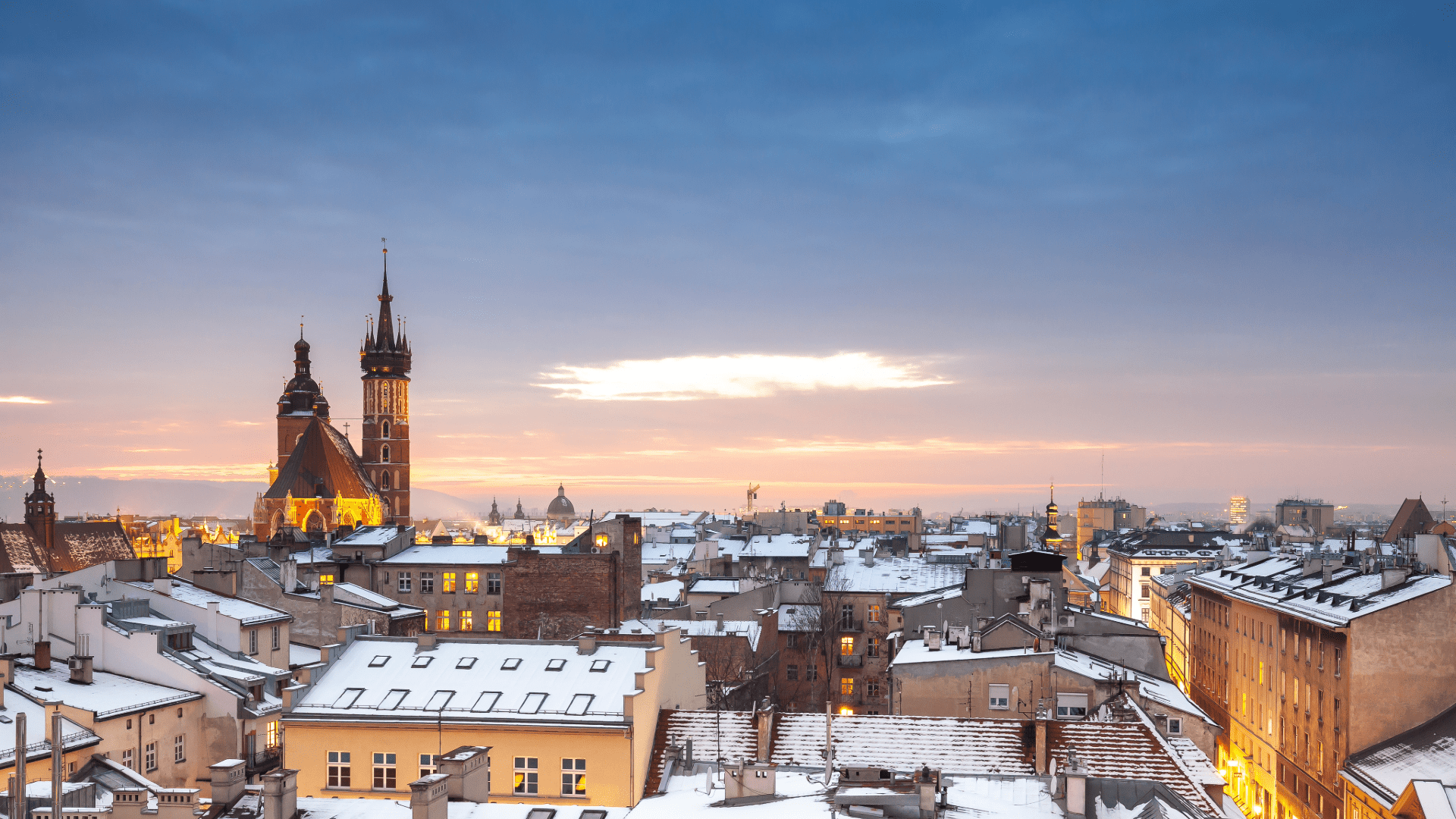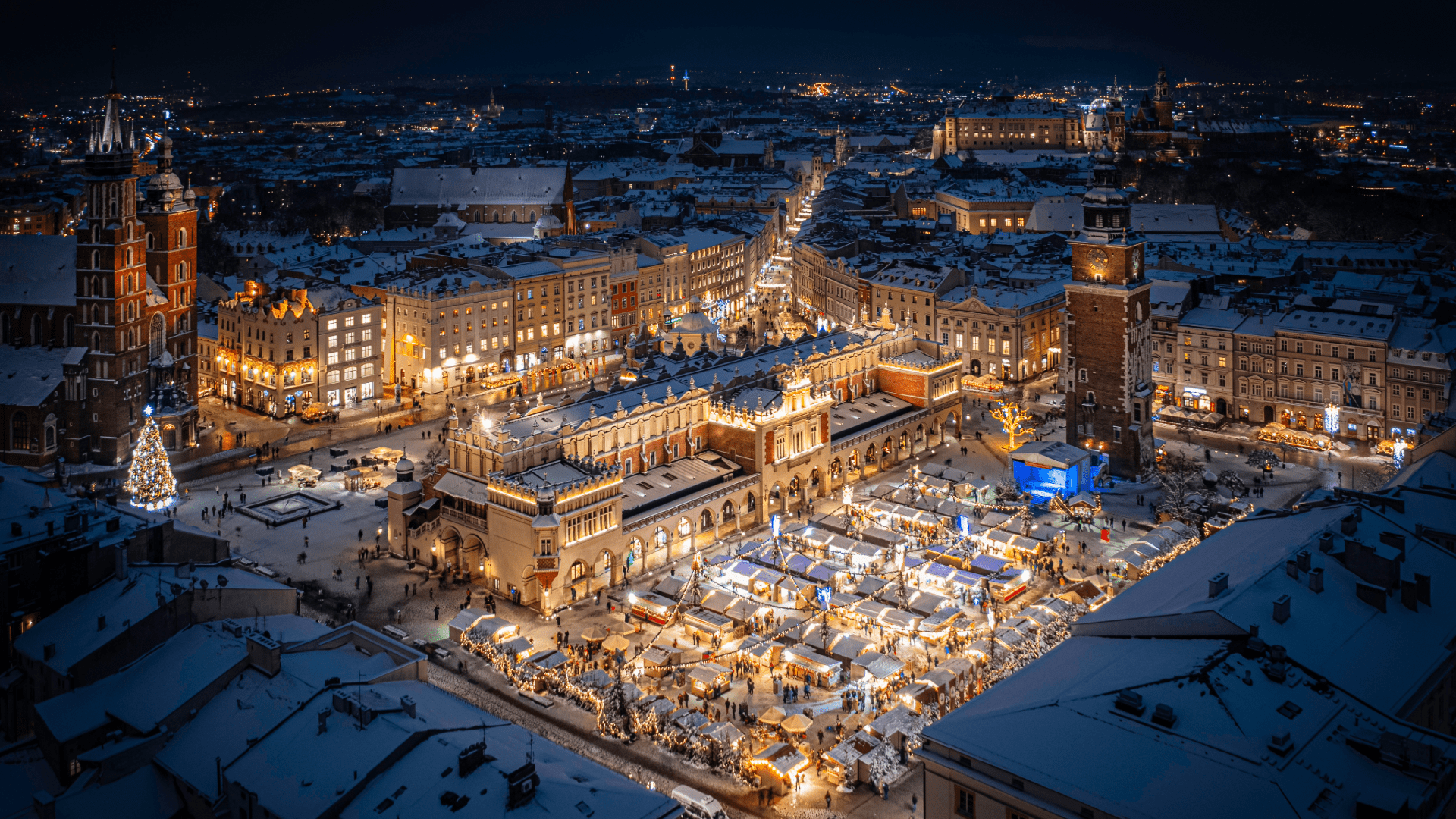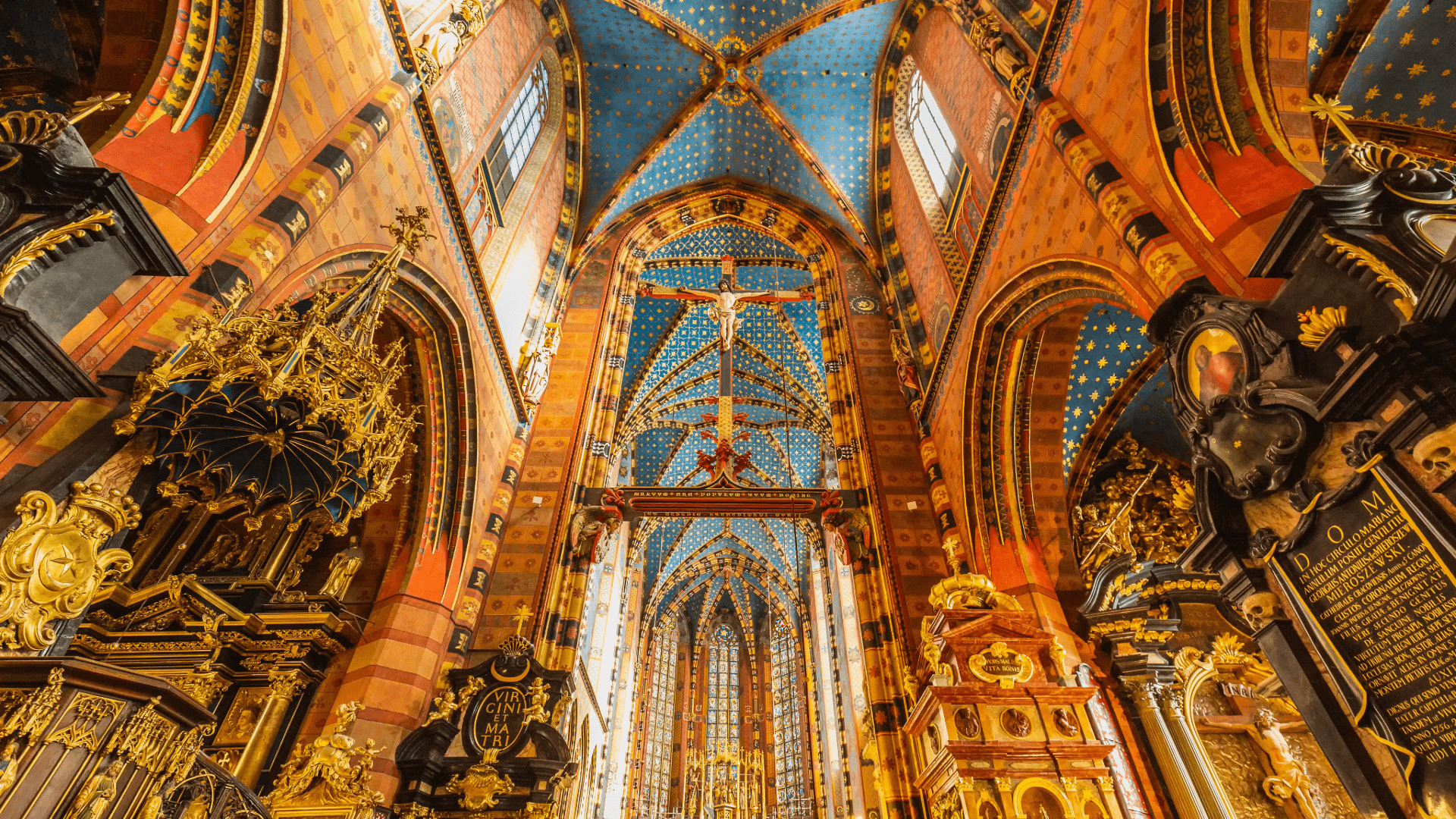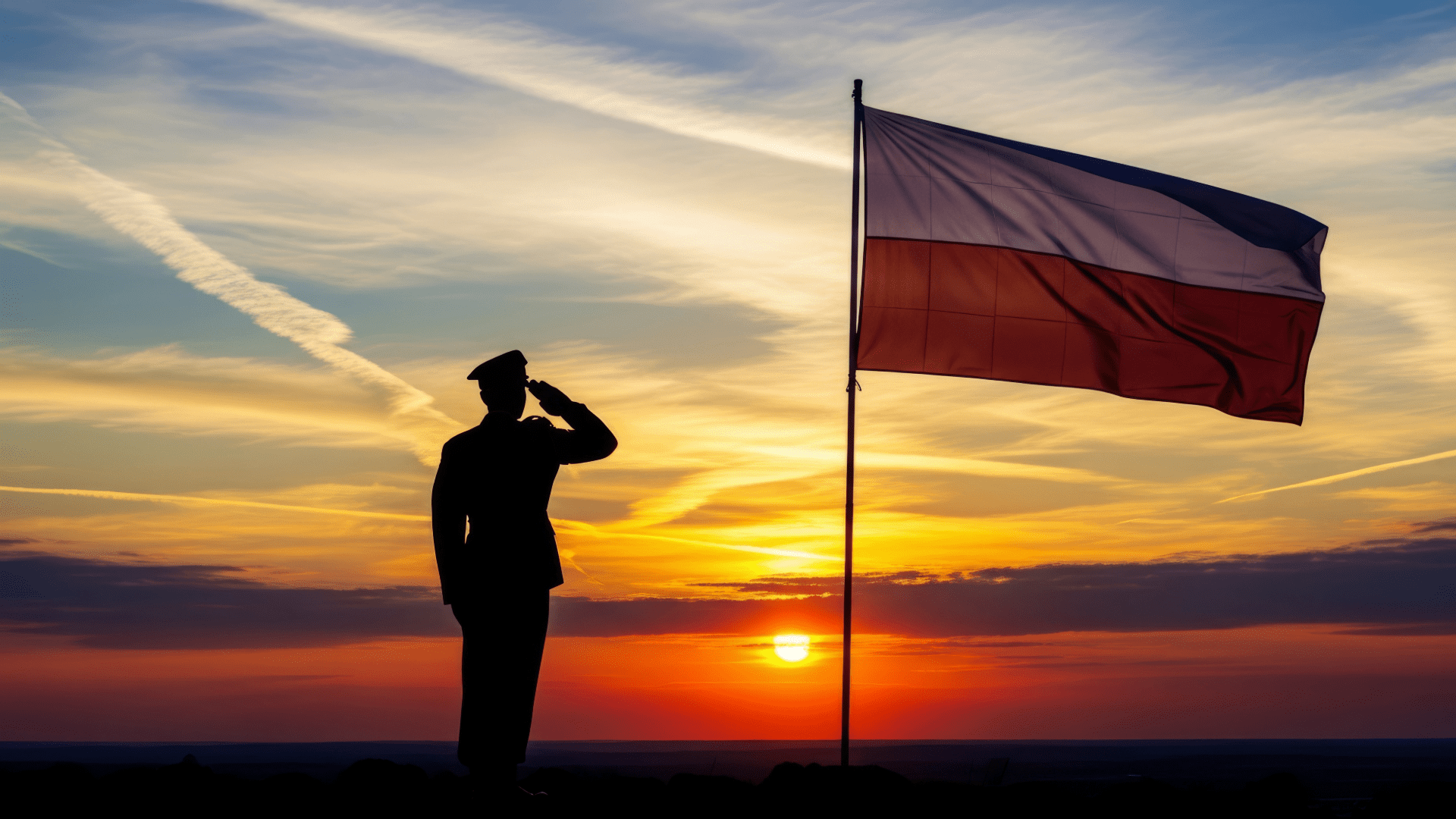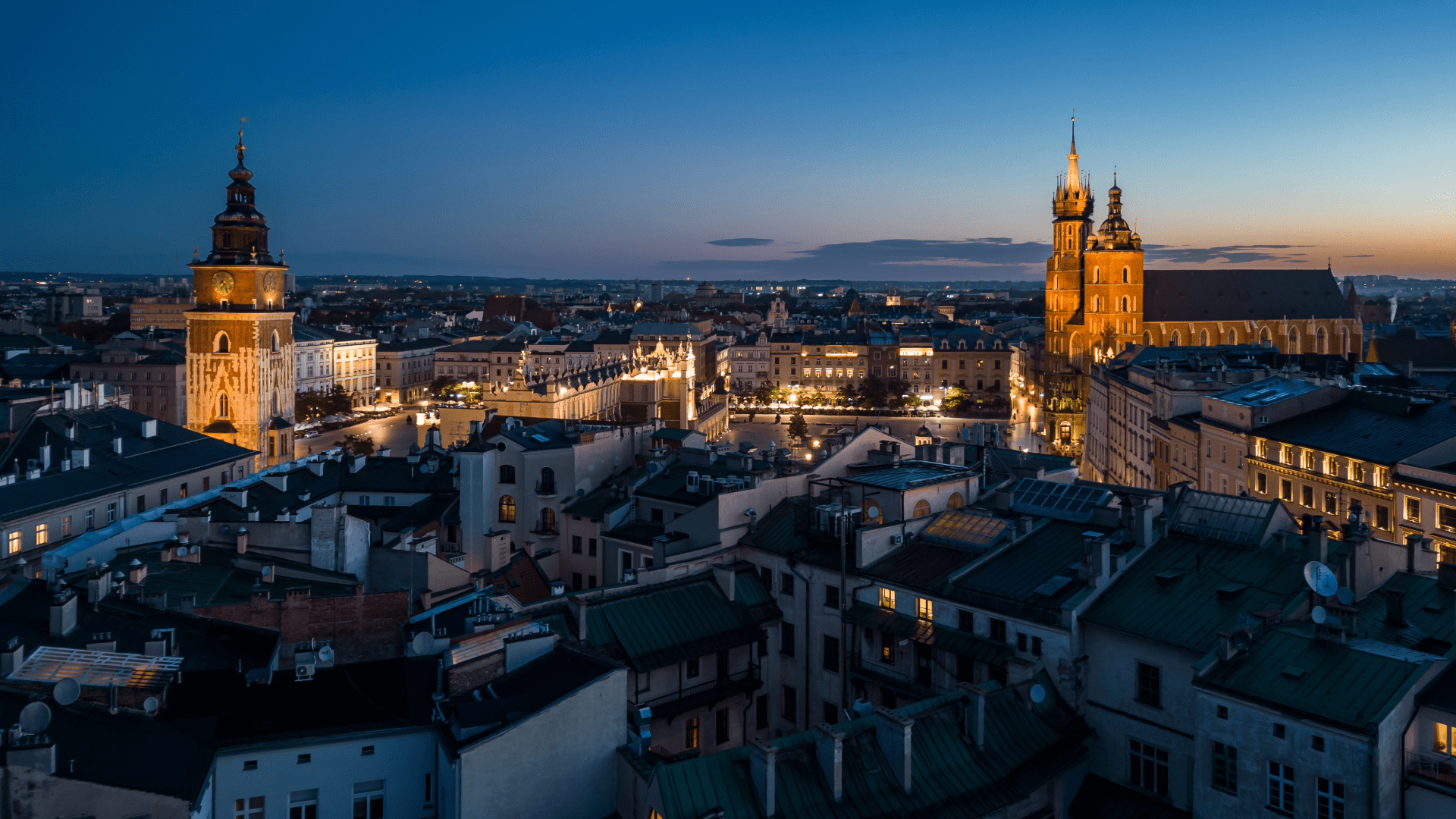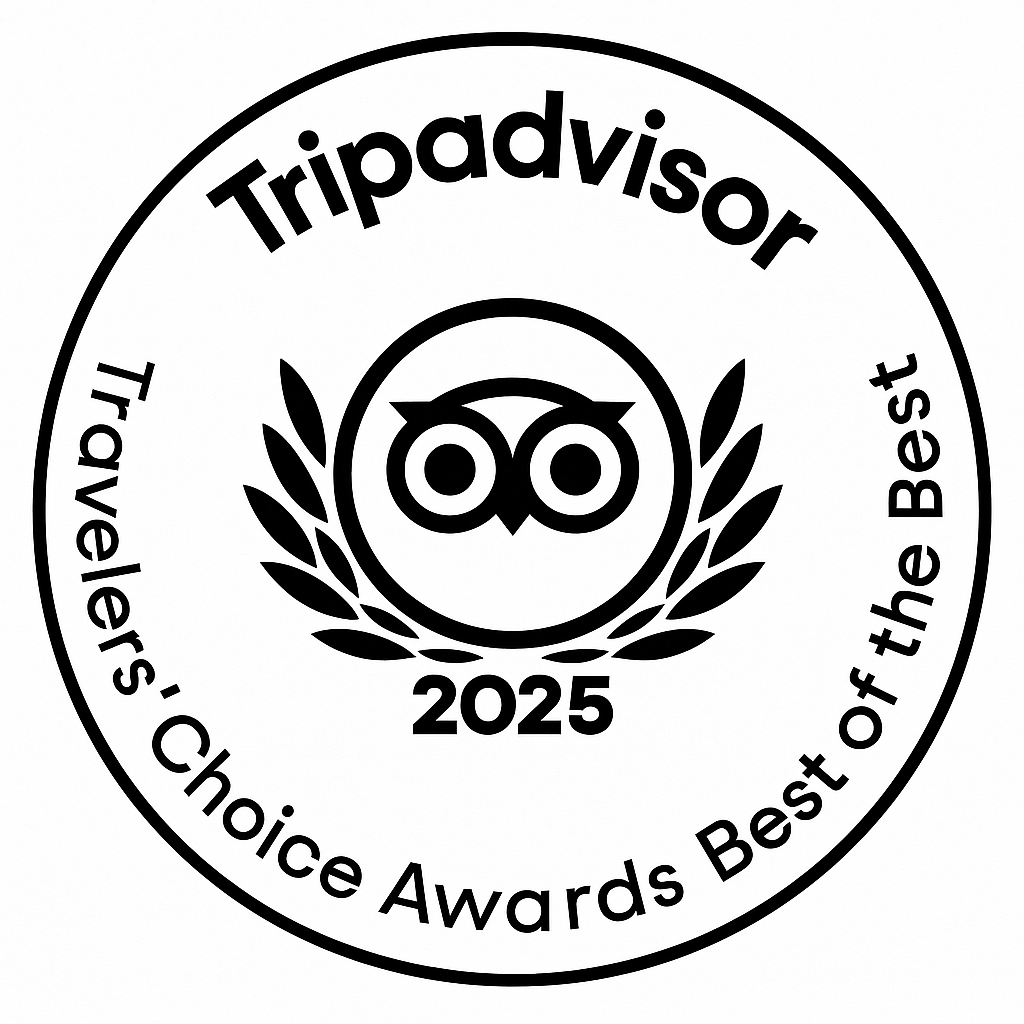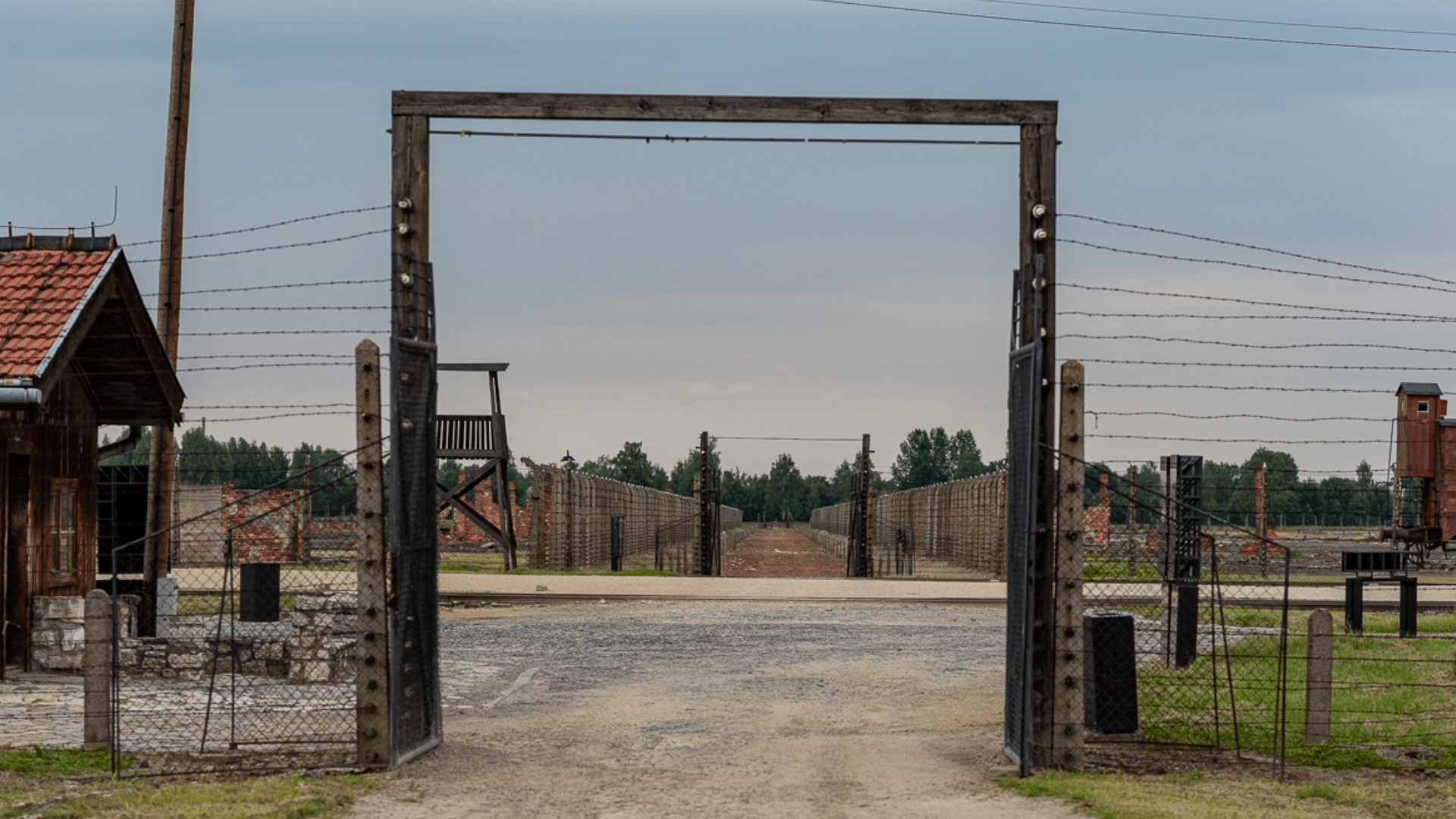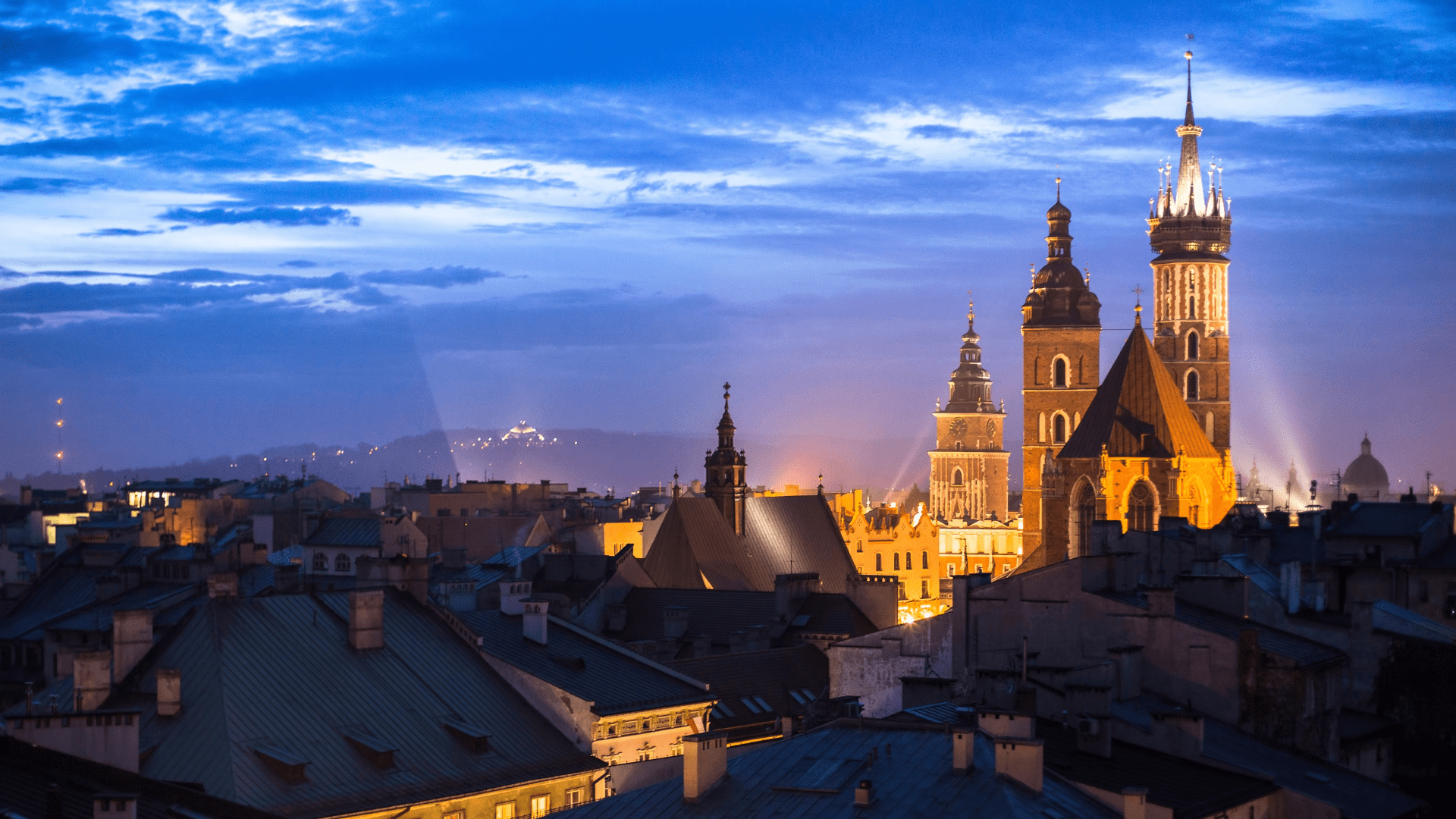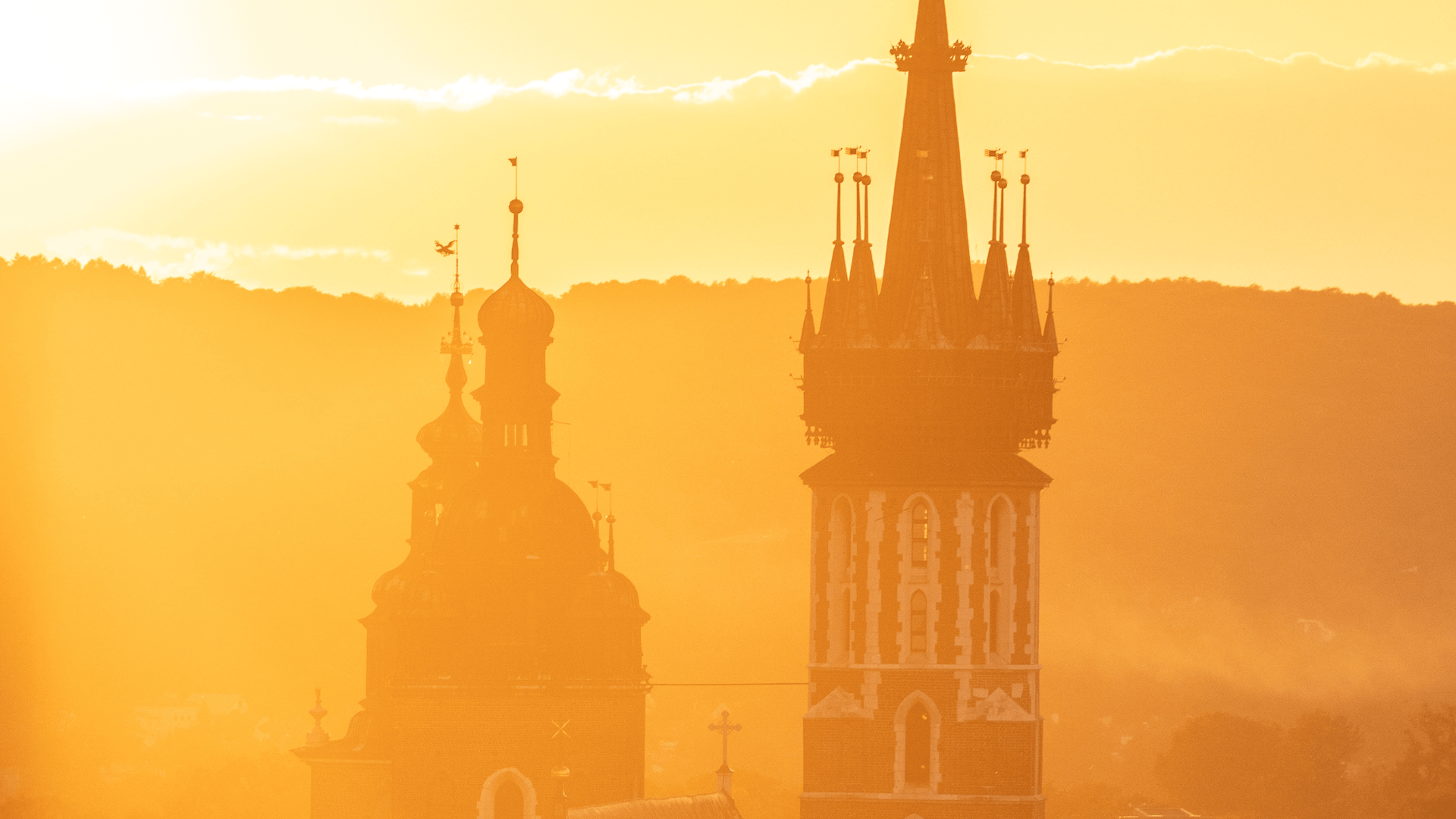Visiting Auschwitz-Birkenau: A Comprehensive Guide
A visit to the Auschwitz-Birkenau Memorial and Museum, a UNESCO World Heritage site, is a profound and necessary experience for anyone seeking to understand the darkest chapter of World War II. It stands as a solemn place of pilgrimage and remembrance, where over a million Jews and other prisoners were oppressed or killed. This is not a typical tourist destination but a moving testimony to those who lost their lives. To ensure your visit is respectful and meaningful, understanding the practical rules and requirements is essential. This guide is designed to help you prepare for this solemn journey, ensuring your focus remains on remembrance and reflection rather than on logistical concerns.
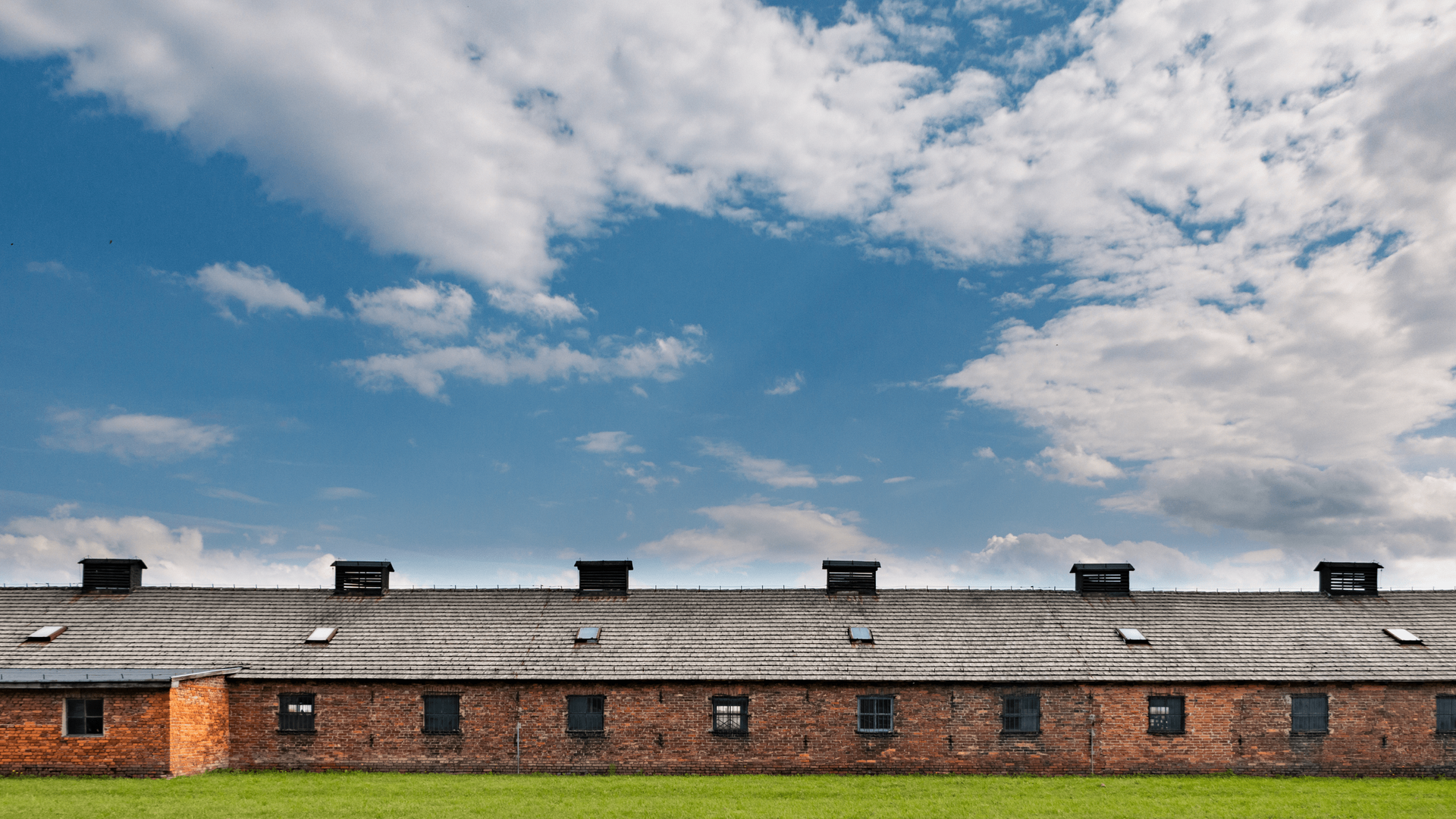
Essential Rules & Tips For Your Visit
- Bring a valid photo ID (passport, driver's license). This is an absolutely critical requirement for every visitor, as entry will be denied without it. The names on your reservation must match the names on your identification exactly, down to every single character. This is a strict security measure to ensure every visitor is accounted for and to maintain the solemn, official nature of the memorial.
- Be on time for your tour departure. The group cannot wait due to the strict museum reservations and road regulations. Your tour time is fixed, and a lack of punctuality may result in being unable to enter the museum. This is a clear rule, not an act of malice, ensuring the smooth flow of all visitors.
- Confirm your exact departure time with the operator. The time displayed on the booking platform is often a general guideline and may not be the final, confirmed time. Your tour time may change based on the museum's complex schedule and road conditions. It is crucial to confirm all information with the tour operator and pay attention to the specific departure time they provide.
- Keep bags small or store them in the vehicle. The maximum size for bags allowed inside the museum is 30x20x10 cm. Larger bags are not permitted, so it is highly recommended to leave any larger luggage securely in your tour vehicle. The security check is similar to an airport's, and adhering to this rule helps ensure a smooth entry process.
- Be prepared for a very short break between camps.
The museum sets a brief, 15-minute break between visiting Auschwitz I and Auschwitz II-Birkenau. This is only enough time for a quick restroom visit or a small snack. There is no time to have a proper lunch at a restaurant, as the tour continues shortly thereafter.
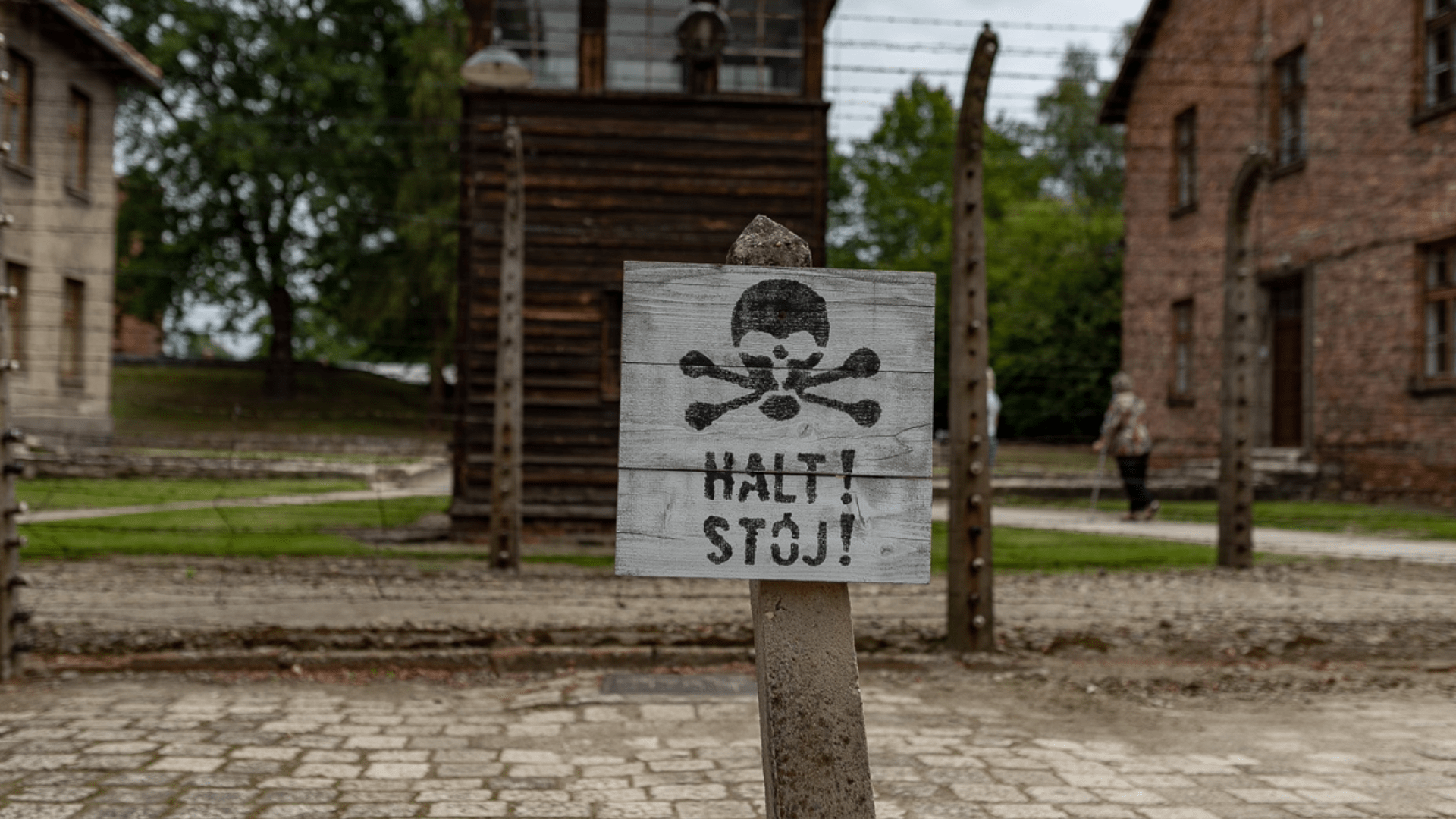
- Pack your own food or order a lunch box in advance. A proper meal is not possible because of the very limited break time. Bringing your own food or pre-ordering a lunch box from your tour operator the day before is essential to ensure you have something to eat.
- Wear comfortable shoes and dress for the weather. Up to 70% of the tour is spent outdoors, particularly at the vast site of Birkenau, where the ground can be uneven, muddy, or slippery. Therefore, comfortable footwear is a must. Your clothing should also be respectful of the memorial site, reflecting a "smart casual" dress code.
- Do not bring hot drinks on the bus and keep your space tidy. For the safety and cleanliness of the vehicle and all passengers, hot drinks are not permitted. Please help maintain a clean and comfortable environment by keeping your space tidy during the journey.
- Understand the total duration of the trip. The entire trip from Kraków, including travel time, can last up to 7 hours. It is important to distinguish this from the on-site visit, which is approximately 3 to 3.5 hours.
- Note that the museum is not fully accessible. As a preserved historical site, it is not adapted for wheelchairs or visitors with limited mobility. It can be difficult to move around, and wheelchairs and baby strollers are not allowed to enter the buildings.

- Supervise all children. The visit is recommended for those over 13 years old due to its traumatic and emotionally demanding nature. All children, regardless of age, must be under the constant supervision of an adult.
- Follow specific rules for photography. While photography is generally allowed for personal use, it is a privilege that must be exercised with respect. Flash photography is strictly forbidden in all buildings and other marked areas. Photography is expressly prohibited in specific, highly sensitive areas, including the room with the hair of the Victims (Block 4) and the basements of Block 11. Any photographic material must be used only in a way that "does not violate the good name of the Victims of Auschwitz."
- Maintain a calm and quiet demeanor. This is not a typical tourist site but a place to commemorate the suffering and death of many people. Respectful behavior, silence, and avoiding loud conversations are mandatory.
- Listen carefully to your guide. Your guide is a professional who is there to help you navigate the site and understand its profound history. Listen to their instructions and don't be afraid to ask questions.
- If you notice something disturbing, let your guide know. This is a deeply moving and potentially overwhelming experience. Your guide is there to ensure your well-being and can provide support if you feel emotionally disturbed or unwell.
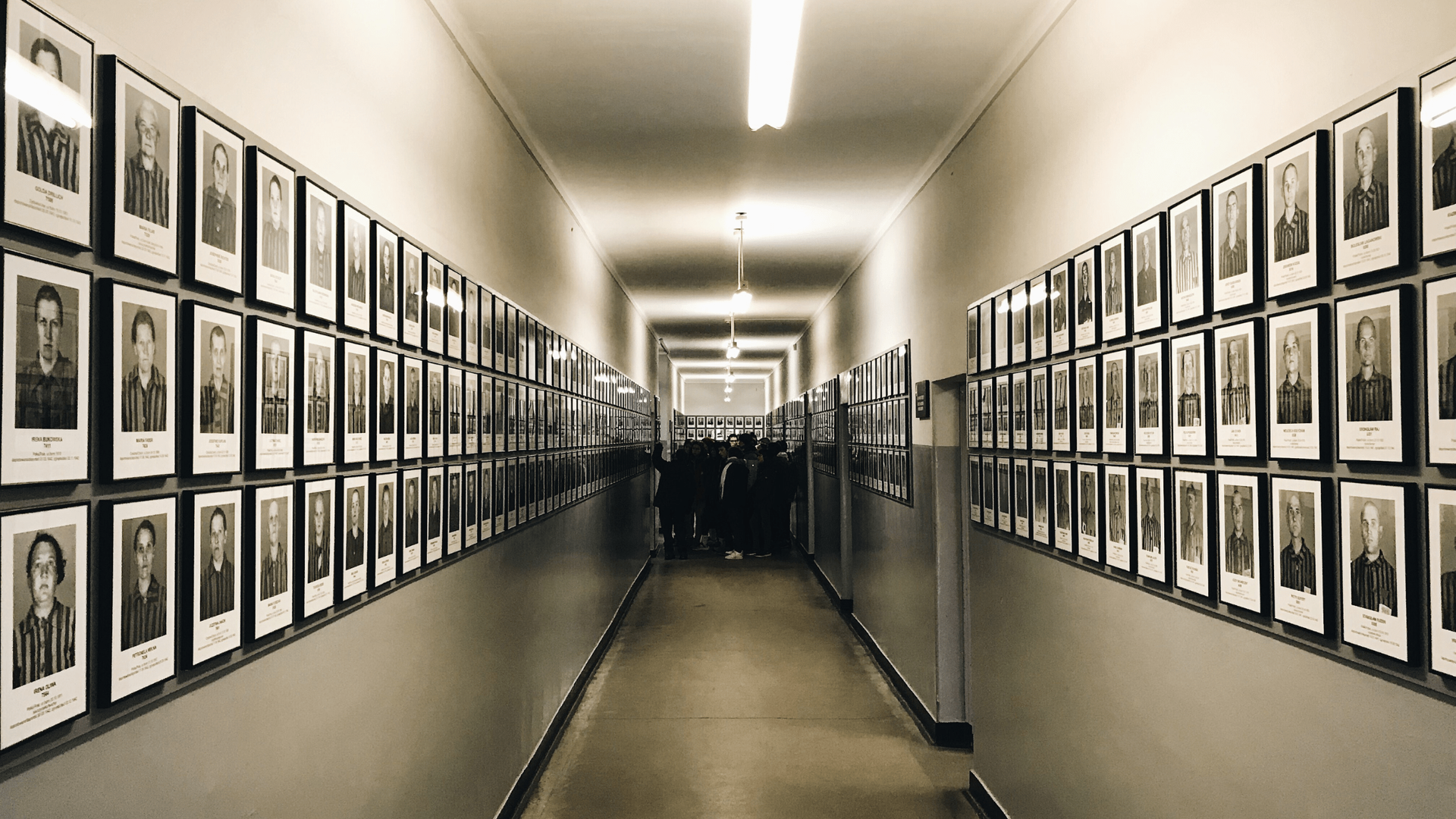
The On-Site Experience: Bearing Witness
After passing through the airport-like security check, you will receive an audio device to ensure you can clearly hear your guide. You should turn off the sound on your phone before the tour begins. The guided visit unfolds in two parts, each with its own emotional and historical weight.
The tour itinerary: from Auschwitz I to Birkenau
Your visit begins at the main gate of Auschwitz I, beneath the infamous sign, "Arbeit Macht Frei" (Work Sets You Free). You will then proceed to the first block, where you will learn about the history of the camp, its first prisoners, and the entire process of extermination. Throughout the tour, you will see powerful photographs from an album found in the Dora-Mittelbau camp and given to the Israeli institute Yad Vashem by Lili Jacob in 1980. On the grounds of Auschwitz I, you will visit original buildings from World War II, see exhibitions of items belonging to the victims of the Nazi regime, and visit the starvation cells and the roll call yard. The tour of Auschwitz I concludes with a visit to the original gas chamber on the site. Afterward, you will travel to Auschwitz II-Birkenau, where the visit is primarily outdoors. You will see the railway ramp where selections were carried out, the ruins of the gas chambers, and the original barracks. During the second part of the tour, you will not be using the audio equipment.
Why We Must Remember
A visit to Auschwitz-Birkenau is an educational imperative, a powerful act of remembrance, and a commitment to ensuring that such atrocities are never repeated. It is a profoundly moving experience that reinforces the importance of human dignity and the devastating consequences of hatred. A professional, guided tour allows you to fully immerse yourself in this difficult but necessary journey of remembrance without being overwhelmed by logistical challenges.
We understand the emotional weight of this trip and are dedicated to making the experience as seamless and respectful as possible. Let us handle the details of transportation, tickets, and guidance, so that you can focus on the historical and emotional significance of the site.
To arrange your visit and ensure a seamless, well-supported journey, please contact us today.
